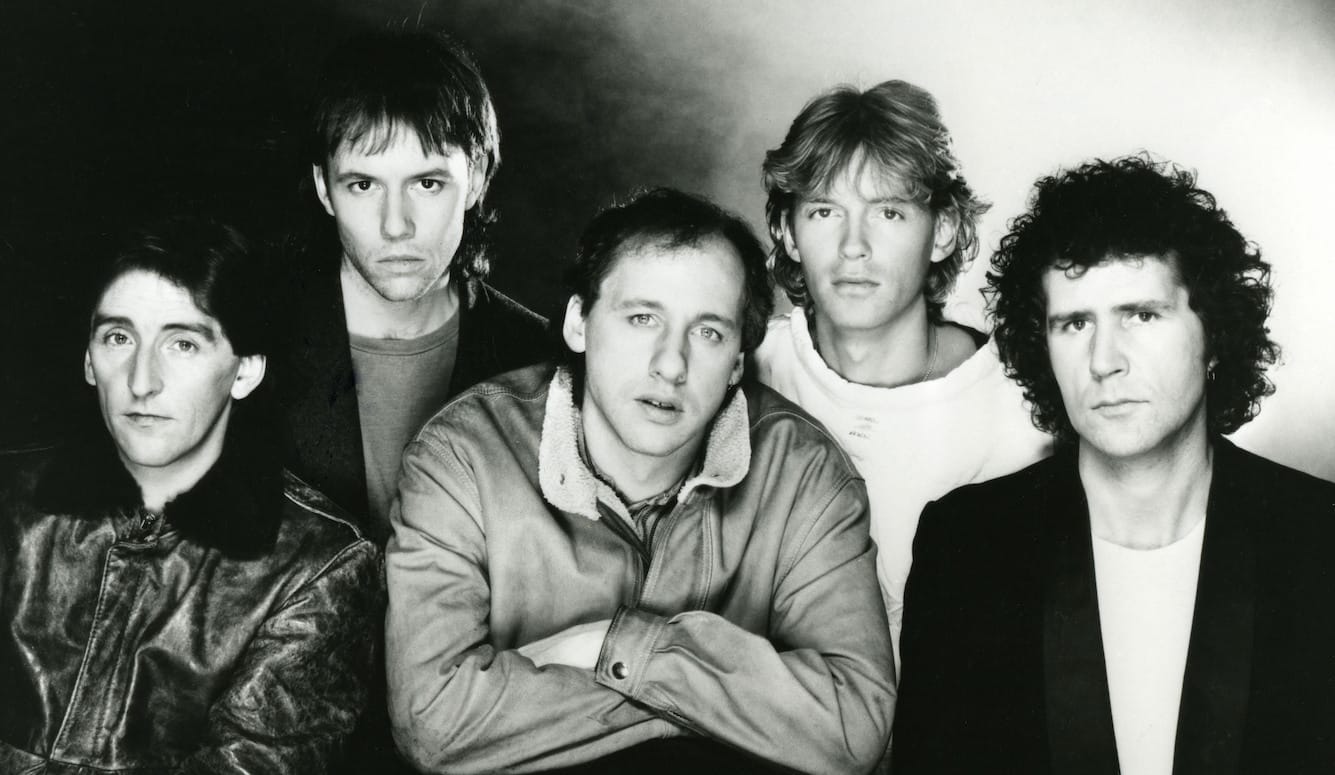Politics
Fentanyl in America: Geography of a Crisis
There are no quick and easy solutions to America’s illegal fentanyl problem.

Kodiak Island is one of America’s most remote places. Located off the southwest coast of Alaska, it has only 12,500 residents but receives over 60,000 tourists per year. They come for the scenic green coastlines, which have given Kodiak the nickname the “Emerald Isle,” as well as activities like coho salmon fishing, watching Kodiak bears and whales, and kayaking. But in this outdoorsman’s paradise, in February, a Kodiak man was sentenced to seventeen years in prison for intent to distribute 1.5 kilogrammes of fentanyl, along with other drugs. In June, police seized nearly 900 illegal fentanyl pills from another Kodiak drug dealer.
Fentanyl often reaches Alaska by mail, or it is smuggled in by airline passengers. In June, for example, an Arizona man named Odarius Shaw was sentenced to ten years in prison for sending 50,000 fentanyl pills to Alaska twice a week for over six months. The pills had been stuffed into the checked luggage of passengers on commercial flights. “[T]he amount of fentanyl Mr. Shaw supplied to Alaska could destroy entire communities,” said US Attorney for the district of Alaska S. Lane Tucker. In May, Alaska announced a “One Pill Can Kill” campaign, noting that a fentanyl pill worth US$10 on the street in Arizona can sell for US$250 in rural Alaska.
Alaska’s illegal fentanyl crisis illustrates how the drug is ravaging the farthest corners of America’s landscapes. KFF Health News says that fentanyl is “ubiquitous” in Cabell County, WV, which is eighty percent rural and has the highest opioid overdose death-rate in the US. Cabell County is home to Marshall University, which received a US$3.3 million grant from the National Institute on Drug Abuse in July to study the genetic mechanisms underlying fentanyl addiction. And in South Dakota, the last members of one of the largest drug-trafficking conspiracies in state history were sentenced to prison in November. From a California jail cell, where he was serving time for murder, ringleader Terry Morris, Jr. had used a contraband cell phone to orchestrate the trafficking of 80,000 fentanyl pills from Mexican cartels to Sioux Falls.
Fentanyl is an addictive synthetic opioid, up to fifty times stronger than heroin. Illegal fentanyl is now the leading cause of death for Americans aged 18–45. From Hawaii to California to Louisiana, governments are seeking solutions to the worst drug crisis in American history. Arizona is a pivotal state in the fight against illegal fentanyl. “The Grand Canyon state has become the fentanyl state,” said Kari Lake, a 2024 US Senate candidate and former news anchor from Arizona. Indeed, half of all US fentanyl seizures have occurred in Arizona, which has a 372-mile border with Mexico. In April, amid escalating fentanyl deaths, Arizona Governor Katie Hobbs signed a new law stiffening the penalty for trafficking over 200 grammes of fentanyl to a mandatory minimum five- to ten-year prison term, or ten to twenty years for repeat offenders. The law is known as the Ashley Dunn Act, in memory of a 26-year-old woman from Prescott, Arizona, who died in 2021 after taking just half a counterfeit pill laced with fentanyl.





